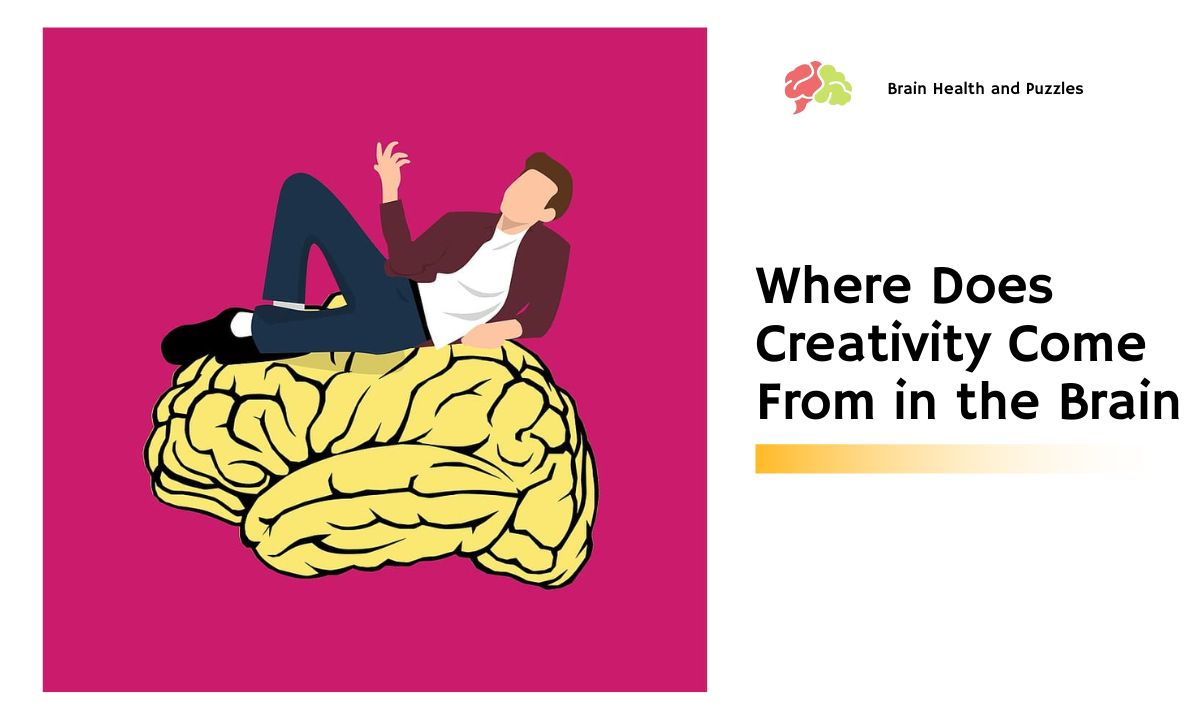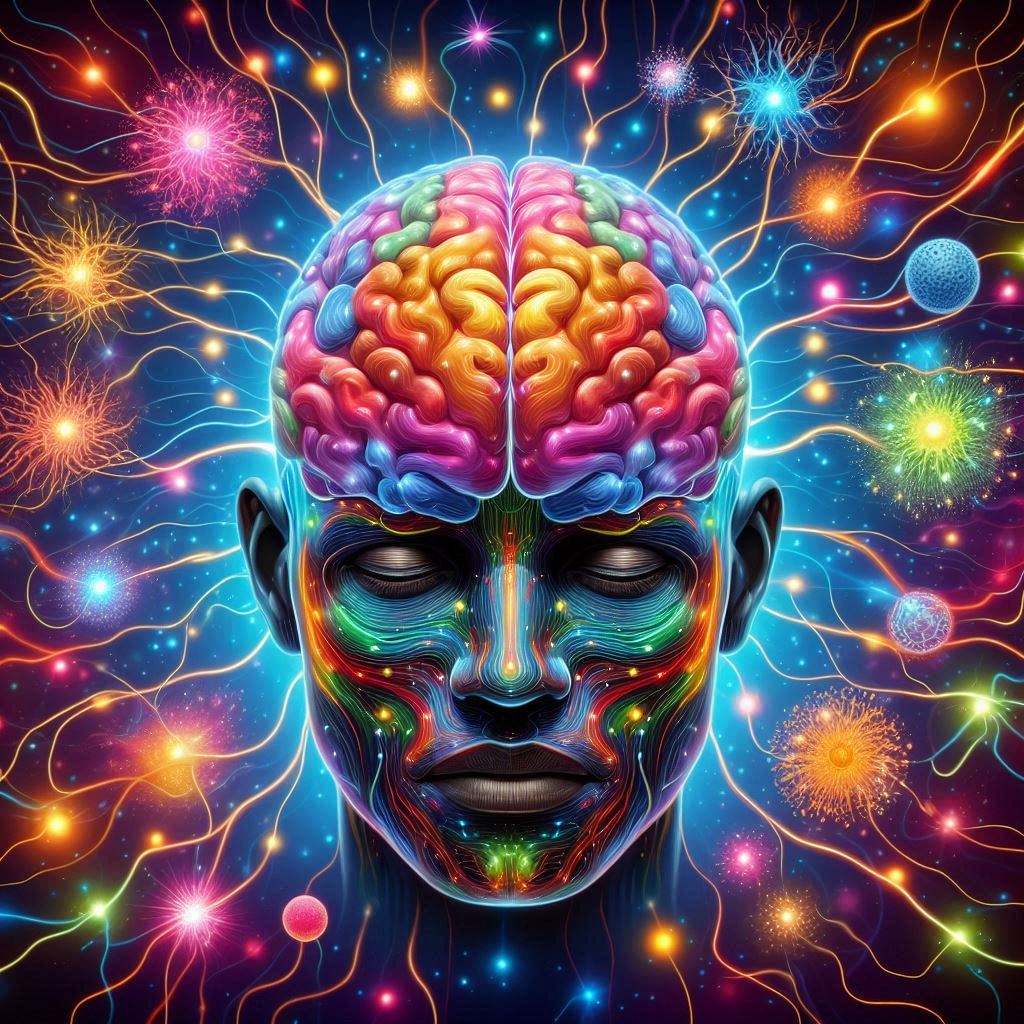Where Does Creativity Come From in the Brain

As human beings, we have the unique ability to be creative and come up with new ideas. But have you ever wondered where creativity comes from in the brain? Is it something we are born with or can it be developed? In this article, we will explore the neuroscience behind brain creativity and how it works in the brain.
-
What is creativity?
Before diving into the neuroscience of creativity, let’s first define what creativity is. Creativity is the ability to come up with new and original ideas or concepts that are both useful and valuable. It involves thinking outside the box, connecting seemingly unrelated ideas, and approaching problems in a unique way.
-
The creative brain
When it comes to creativity, certain areas of the brain are more active than others. The prefrontal cortex, which is responsible for planning and decision-making, plays a crucial role in the creative process. The prefrontal cortex allows us to think abstractly, evaluate ideas, and weigh the pros and cons of different options.
Additionally, the temporal lobe, which is responsible for memory and language, is also involved in the creative process. The temporal lobe allows us to draw upon past experiences and knowledge to come up with new ideas.
-
The importance of divergent thinking
To be creative, one must be able to think divergently. Divergent thinking is the ability to come up with multiple solutions to a problem. It involves breaking away from conventional thinking and exploring new possibilities.
Studies have shown that the ability to think divergently is related to the density of gray matter in certain regions of the brain. Specifically, the prefrontal cortex and the parietal lobe, which is responsible for spatial reasoning, have been shown to have a higher density of gray matter in individuals who are highly creative.
-
The role of dopamine
Dopamine is a neurotransmitter that plays a key role in the brain’s reward system. It is released when we experience pleasure or satisfaction and is involved in motivation and goal-directed behavior.
Studies have shown that dopamine is also involved in the creative process. When we come up with a new idea, dopamine is released in the brain, providing us with a sense of pleasure and motivation to continue exploring new ideas.
-
Can creativity be developed?
While some individuals may have a natural predisposition towards creativity, it is also a skill that can be developed over time. By engaging in activities that encourage divergent thinking, such as brainstorming or mind mapping, we can strengthen the neural pathways associated with creativity.
Additionally, research has shown that meditation can also enhance creativity by promoting divergent thinking and reducing the activity in the brain’s default mode network, which is responsible for self-reflection and rumination.
-
Conclusion
In conclusion, creativity is a complex process that involves multiple regions of the brain. The prefrontal cortex and temporal lobe play crucial roles in the creative process, while dopamine provides us with the motivation to continue exploring new ideas.
While some individuals may have a natural inclination towards creativity, it is a skill that can be developed through practice and engagement in activities that encourage divergent thinking. By understanding the neuroscience behind creativity, we can unlock our full creative potential and come up with new and innovative ideas.



